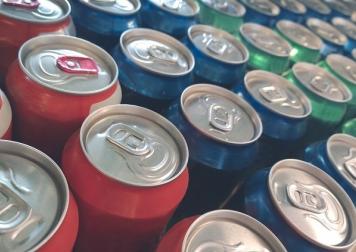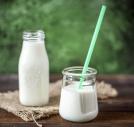National Cholesterol Education Month
Are you aware of what your cholesterol numbers are? You should be, because that is the best way to know if you are at risk of cardiovascular disease.
We all know that high cholesterol leads to cardiovascular disease, meaning heart attacks and strokes. We also know that diabetics have a greater concern in this area, because the damage that diabetes does to blood vessels is only compounded when cholesterol is an issue.
Both sugar (glucose) and fat (triglycerides) can be used to create energy in the body. In the absence of one, the other is used, so there is a tremendous intersection between these two areas of metabolism.
A Reminder of How All of This Works
Cholesterol is the waxy substance that is produced in every cell in the body, supporting the structural integrity. When there is more cholesterol than our cells can use, the excess winds up in our bloodstream. Because cholesterol does not dissolve in our water-based blood, it needs help moving through the bloodstream.
This help comes in the form of lipoproteins. There are two types of lipoproteins that matter here. One is high-density lipoprotein (HDL), and the other is low-density lipoprotein (LDL). Each lipoprotein absorbs cholesterol and moves it, but each type carries the cholesterol to a different place.
LDL ("bad cholesterol") particles are the primary carriers of cholesterol through the blood stream. As the body metabolizes fats, these particles are used up. When that happens, the body can synthesize more.
When metabolism is impaired, excess amounts of LDL remain in the bloodstream. There they can combine with a type of white blood cell called a macrophage. The macrophage becomes engorged and creates a foamy substance that adheres to the walls of the bloodstream. This contributes to the formation of plaque.
HDL ("good cholesterol") particles, on the other hand, carry the excess cholesterol to the liver, where it is excreted or re-used. The greater the number of HDL particles in the blood, the less cholesterol can contribute to the creation of plaque.
Triglycerides are another number that is important. Triglycerides serve as transporters of glucose and adipose fat to the liver in the form of glycerol and fatty acids. When the liver senses the need for energy, it metabolizes one or both of these elements to create it.
A complex metabolic process involving digestion ultimately leads to unused portions of triglycerides being reconstituted as LDL lipoproteins. High levels of triglycerides in the bloodstream have been shown to lead to a greater chance of plaque formation.
Ideal Blood Cholesterol and Triglyceride Numbers
The target for total cholesterol is below 200 mg/dL.
The target for LDL cholesterol is between 100 and 129 mg/dL. (For those at risk of heart disease, levels should be below 100 mg/dL.)
The target for HDL cholesterol is 60 mg/dL and above.
The target for triglycerides is below 150 mg/dL.
Sources: American Heart Association, American Diabetes Association Clinical Diabetes Journals and Mayo Clinic


































